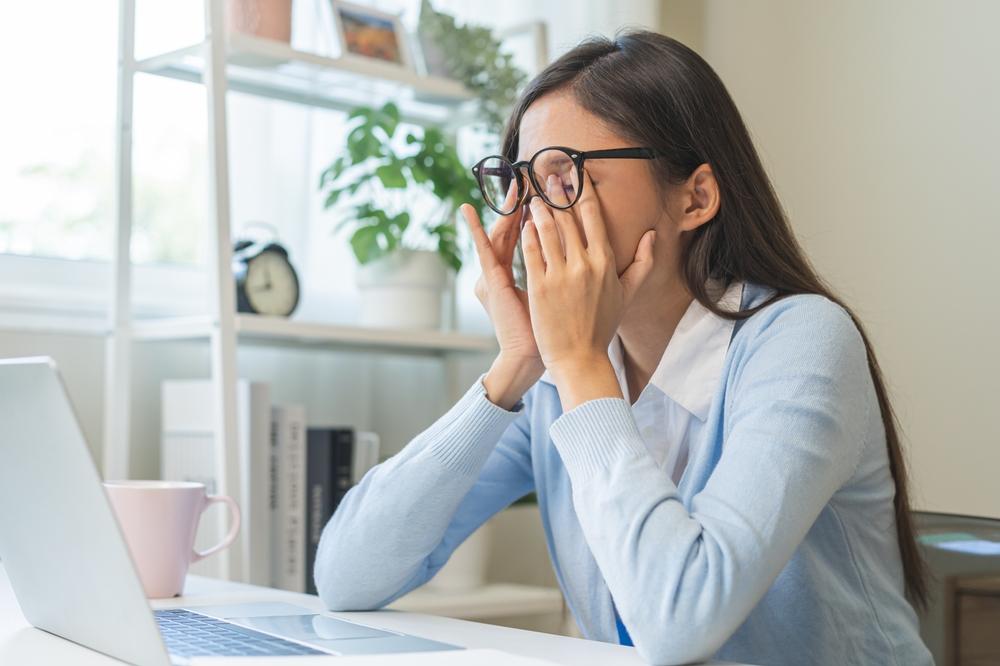Feeling a constant dryness or irritation in your eyes can be more than just a minor inconvenience. Many people experience the discomfort of dry eyes, a condition that can significantly impact daily life. Understanding the causes and finding effective management strategies can lead to a better quality of life.

Understanding Dry Eyes: Key Facts and Causes
Dry eyes occur when there's inadequate lubrication on the eye's surface, leading to discomfort, itching, and even blurred vision. The primary reason for this is either decreased tear production or increased tear evaporation. Factors contributing to dry eyes include environmental conditions, prolonged computer use, and certain medications.
Certain medications are known to exacerbate dry eyes. These include:
- Antihistamines: Used to treat allergies, these can reduce tear production as a side effect.
- Antidepressants: These medications may impact the tear film stability.
- Beta-blockers: Often prescribed for heart conditions, they can cause dry eyes in some individuals.
To learn more about symptoms and causes, you can visit the Mayo Clinic, Cleveland Clinic, or WebMD for detailed information.
Effective Management of Dry Eyes
Managing dry eyes effectively involves a combination of lifestyle modifications and medical treatments. Here are some key strategies:
Environmental Adjustments:
- Use a humidifier to add moisture to dry indoor air.
- Avoid air blowing directly into your eyes, such as from hairdryers or car vents.
- Wear wraparound sunglasses when outdoors to protect against wind.
Lifestyle Modifications:
- Take frequent breaks while working on computers or watching screens to minimize strain.
- Ensure adequate water intake to maintain hydration.
- Incorporate omega-3 fatty acids in your diet, found in foods like fish and flaxseeds, which can help with eye health.
Medical Treatments:
- Use artificial tears or lubricating eye drops to maintain eye moisture.
- Some may benefit from prescription eye drops like cyclosporine (Restasis) or lifitegrast (Xiidra).
- Punctal plugs, small devices inserted into tear ducts, can help conserve natural tears.
Further insights into managing dry eye syndrome can be found at UCI Health and MedlinePlus.
Exploring New Remedies for Dry Eyes
Recent advancements have led to promising new remedies for those suffering from dry eyes. Here's a look at some innovative solutions:
- TearCare System: This wearable technology delivers localized heat therapy to the eyelids, enhancing meibomian gland function and improving tear production.
- Intense Pulsed Light (IPL) Therapy: Originally used for skin treatments, IPL can now help treat dry eyes by reducing inflammation and improving meibomian gland effectiveness.
- MiBo Thermoflo: This thermal pulsation device offers a non-invasive treatment option that applies controlled heat to the eyelids, aiding in glandular expression.
For a comprehensive understanding of dry eyes, explore more at Mayo Clinic and Cleveland Clinic.
Comparing Treatments: A Summary Table
Below is a table comparing various dry eye treatments, including effectiveness, cost, and typical pricing for these services.
| Treatment | Effectiveness | Approximate Cost |
|---|---|---|
| Artificial Tears | Moderate | $10 - $20 per bottle |
| Prescription Eye Drops | High | $150 - $250 per month |
| Punctal Plugs | High | $500 - $1,000 for insertion |
| TearCare System | High | $800 - $1,500 per session |
| Intense Pulsed Light (IPL) | High | $300 - $500 per session |
By understanding the causes of dry eyes and exploring both traditional and cutting-edge treatments, individuals can make more informed decisions tailored to their needs. Always consult a healthcare professional to determine the most appropriate course of action for managing dry eyes effectively.
